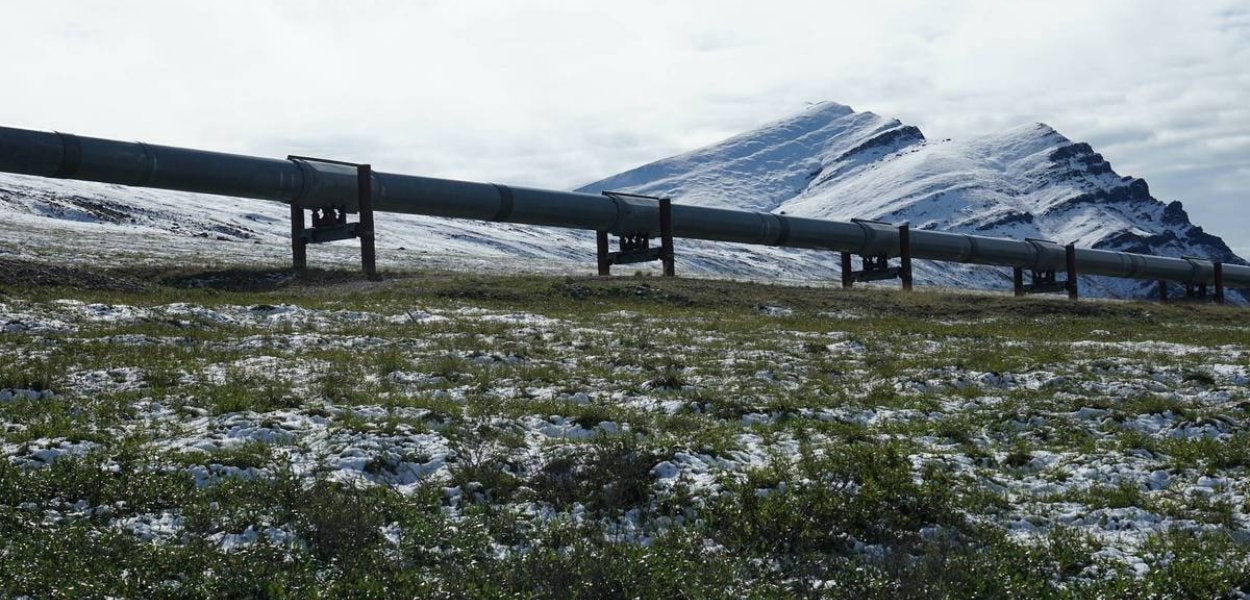Permafrost soils store large amounts of organic carbon in the form of dead plant material. When this carbon reservoir thaws, it is broken down by microorganisms and released into the atmosphere in the form of carbon dioxide and methane.
Regional tipping points
The thaw of permafrost is often depicted as a tipping element in the global climate system that, similar to a ticking time bomb, goes off once climate warming has reached a certain level. However, the researchers argue in Nature Climate Change that this picture is incorrect. There are nevertheless many local and regional tipping points that 'turn' at different times. So, the effects are accumulating, and permafrost is gradually thawing due to climate change.
The research team used existing literature and data analysis to assess the current knowledge about thawing processes. And although some geological, hydrological, and physical processes are self-reinforcing and, in some cases, irreversible, these effects are only local or regional. The global thawing of permafrost soils will therefore not occur slowly at first and then suddenly accelerate, but will steadily increase in step with global warming and finally end with the total loss of near-surface permafrost when global warming would reach 5 to 6 degrees Celsius.
Reducing uncertainty in climate models
“Our study shows that permafrost regions are already and will increasingly be affected by thawing.” says Langer. “There is no safe margin within which the Earth can warm up, as the idea of a tipping point suggests. We therefore need to monitor the permafrost regions carefully so that we can better understand the consequences and incorporate these processes in climate models. That way, we can further reduce uncertainty in climate predictions.”
What is indisputable, according to the research team: the sooner humanity can achieve net zero emissions, the more permafrost regions can be preserved as unique habitats and carbon reservoirs.

